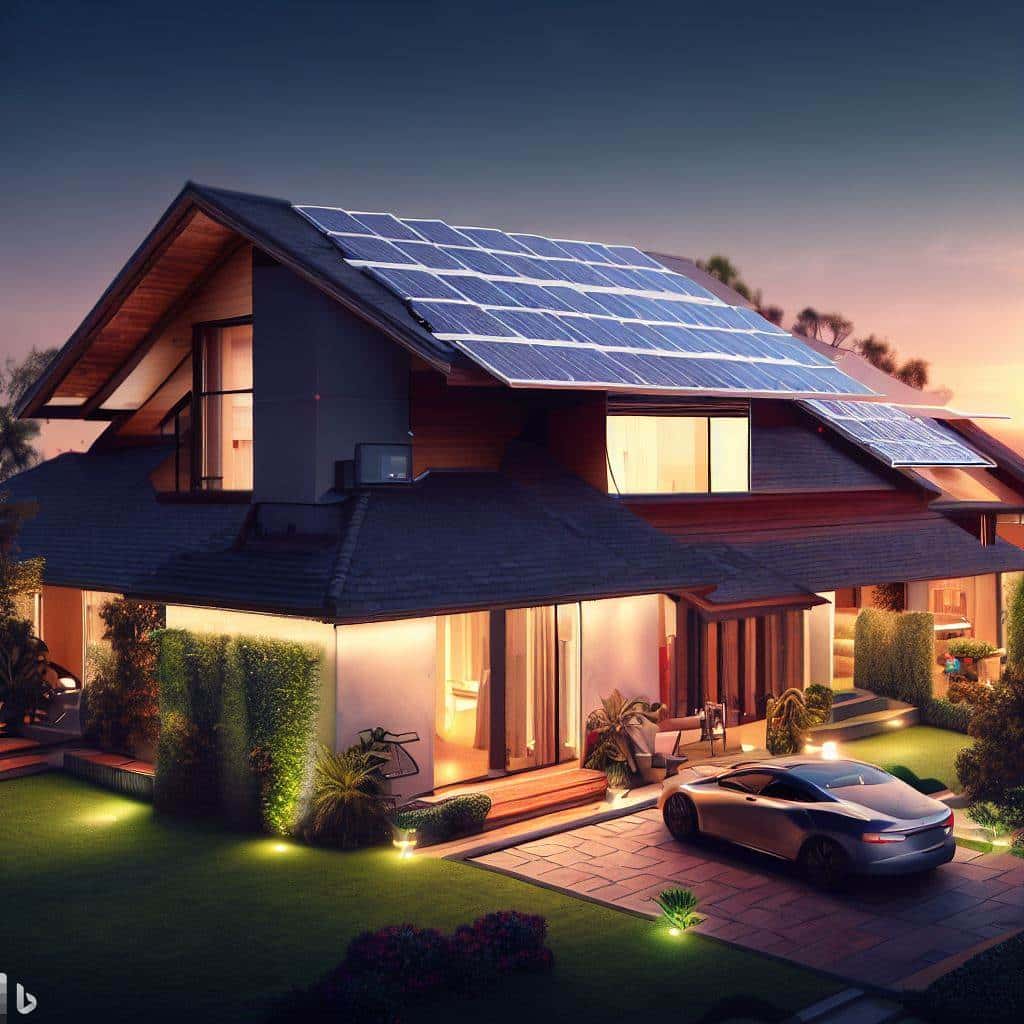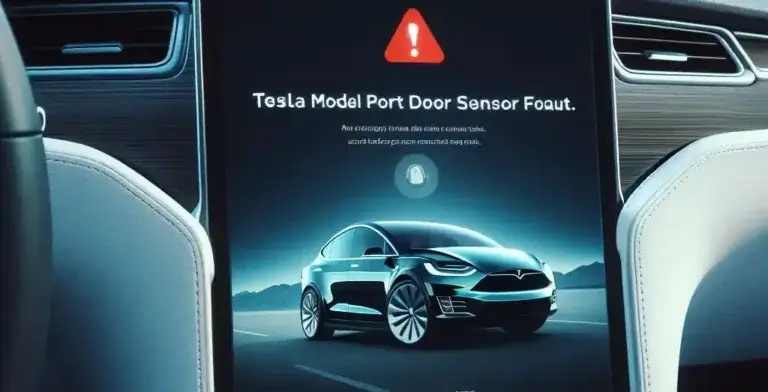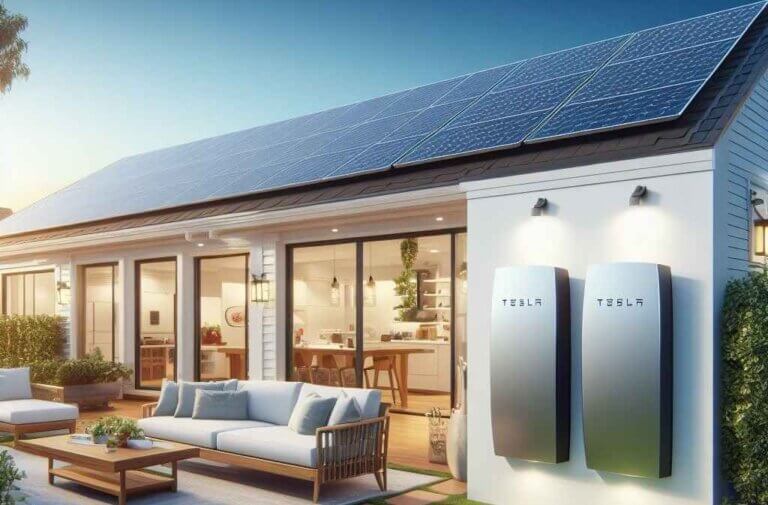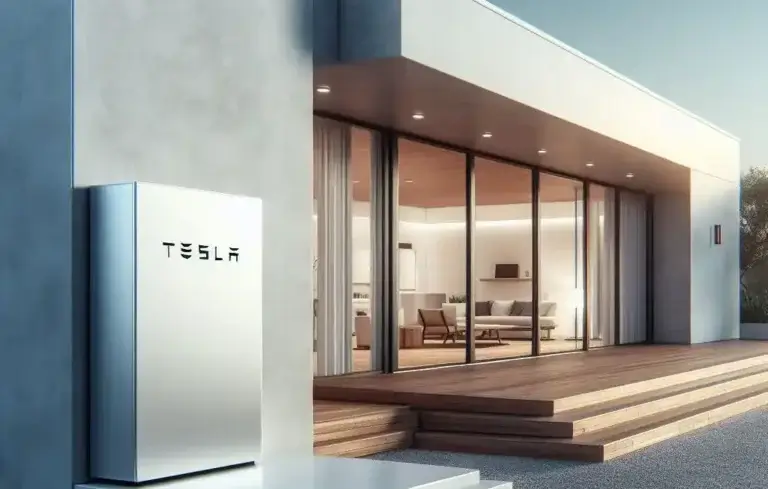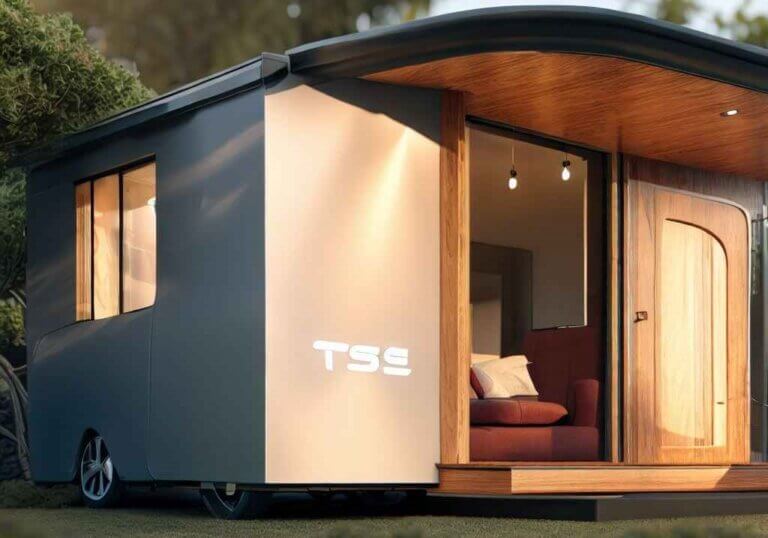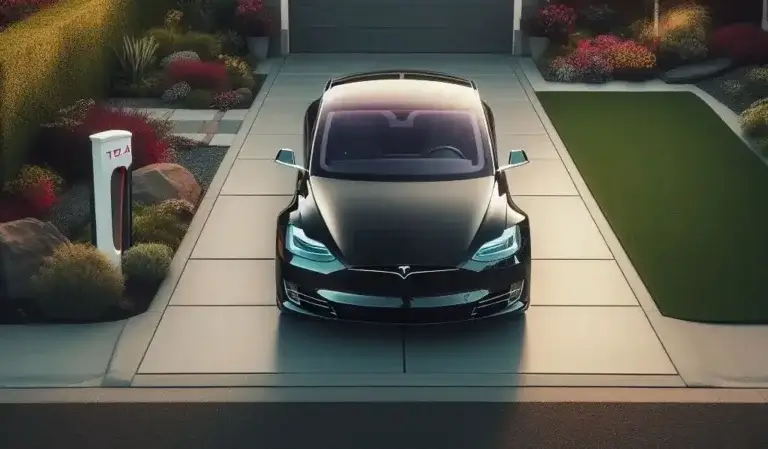Adding A Second Tesla Powerwall
Adding A Second Tesla Powerwall to the existing solar system is new talk among Tesla solar-powered home lovers. However, having one Tesla Powerwal is sufficient for medium-sized home energy expenses. But for high energy backup, and to reduce the electricity charges from your monthly expenses Tesla Powerwall Batteries are a pleasing option to get installed.
Although a single Tesla power wall has a capacity of 13.5Kwh ( kilowatt-hours ) and an output of 5Kw ( Kilowatt ). But after installing the second Tesla power wall battery, your solar system will be capable of 27Kwh ( Kilowatt-hours) with an output of 10Kw ( Kilowatt ). Which will surely provide double power and energy support to home electricity appliances. A comprehensive article for Adding Tesla Powerwall To Existing Solar Systems is also written with a different approach.
Table of Contents
Is Tesla Powerwall 2 Worth For Adding?
Absolutely Yes, the Tesla Powerwall 2 13.5Kwh is worth it for adding to the existing Solar system. Adding the Tesla power wall as a second Tesla power wall battery will give you much control to gather the energy generated by your solar panels. As Tesla is a leader and a revolutionary company in the smart homes system race, the Tesla Powerwall 2 is worth it.
More Tesla power wall comes with a 10-year warranty, with at least 70% health-maintaining of the Powerwall battery. So it is a suitable choice for long-term use. Tesla Support is also a big plus.
Cost Of Adding A Second Tesla Powerwall
Nowadays, the cost of only Tesla Powerwall is around $92,00 to $14,200 ( depends and can vary after ). But you need a Tesla-certified professional for Powerwall installation properly.
But after your federal solar tax credit, you will get a 30% deduction on the total cost of adding a second Tesla Powerwall. So if the total cost for adding a second Tesla Powerwall is let’s say $10,000, after a 30% tax deduction you only have to pay $7000 for adding a second Tesla Powerwall.
A 10Kw Solar System with a Tesla Battery is published for more help.
Tesla Powerwall Space Requirements
Tesla’s power wall space requirements are given below.
- Minimum lateral wall space: 38 inches (960 mm)
- Minimum clearance from the right side (air exhaust): 6 inches (150 mm)
- Minimum clearance above a single Powerwall: 2 inches (50 mm)
- Minimum clearance above side-by-side Powerwall units: 12 inches (300 mm)
- Minimum clearance between side-by-side Powerwall units: 10 inches (250 mm)
Tesla Powerwall 1 vs 2
The Tesla Powerwall 1 and Powerwall 2 are both home battery systems that can store solar energy and provide backup power during outages. However, there are some key differences between the two models:
Powerwall 1
- Capacity: 6.4 kWh
- Output power: 3.3 kW continuous, 7 kW peak
- Dimensions: 1150 x 755 x 147 mm (45.3 x 29.6 x 5.75 in)
- Weight: 114 kg (251.3 lb)
- Warranty: 10 years, 70% retention of battery capacity
Powerwall 2
- Capacity: 13.5 kWh
- Output power: 5 kW continuous, 7 kW peak
- Dimensions: 1150 x 755 x 147 mm (45.3 x 29.6 x 5.75 in)
- Weight: 114 kg (251.3 lb)
- Warranty: 10 years, 70% retention of battery capacity
Tesla Powerwall 3 vs 2
The Tesla Powerwall 2 and Powerwall 3 are both home battery systems that can store solar energy and provide backup power during outages. However, there are some key differences between the two models:
Powerwall 2
- Capacity: 13.5 kWh
- Output power: 5 kW continuous, 7 kW peak
- Dimensions: 1150 x 755 x 147 mm (45.3 x 29.6 x 5.75 in)
- Weight: 114 kg (251.3 lb)
- Warranty: 10 years, 70% retention of battery capacity
Powerwall 3
- Capacity: 13.5 kWh
- Output power: 11.5 kW continuous, 15.4 kW peak
- Dimensions: 1056 x 654 x 140 mm (41.6 x 25.8 x 5.5 in)
- Weight: 103 kg (227.1 lb)
- Warranty: 10 years, 70% retention of battery capacity
The Powerwall 3 uses LFP (lithium iron phosphate) batteries, which are more durable and have a longer lifespan than the NMC (nickel manganese cobalt) batteries used in the Powerwall 2.
Adding A Second Tesla Powerwall: Tesla Powerwall 2 vs Powerwall Plus
The Tesla Powerwall 2 and Powerwall Plus are both home battery systems that can store solar energy and provide backup power during outages. However, there are some key differences between the two models:
Powerwall 2
- Capacity: 13.5 kWh
- Output power: 5 kW continuous, 7 kW peak
- Dimensions: 1150 x 755 x 147 mm (45.3 x 29.6 x 5.75 in)
- Weight: 114 kg (251.3 lb)
- Warranty: 10 years, 70% retention of battery capacity
Powerwall Plus
- Capacity: 13.5 kWh
- Output power: 9.6 kW continuous, 15 kW peak
- Dimensions: 1150 x 755 x 147 mm (45.3 x 29.6 x 5.75 in)
- Weight: 114 kg (251.3 lb)
- Warranty: 10 years, 70% retention of battery capacity
The Powerwall Plus also has an integrated solar inverter, which allows it to be used with solar panels without the need for a separate inverter. This makes it a more convenient and cost-effective option for homeowners with solar panels.
Can I Add A Tesla Powerwall Later?
Yes, you can add a Tesla Powerwall to your existing solar system later. But before adding the Tesla powerwall to the solar system you will not be able to store the energy for night and off-sun hours. You also won’t be able to have power backup in electricity outrage situations.
Can You Go Off Grid With Tesla Powerwall 2?
Yes, going off the grid with Tesla Powerwall 2 is possible. But there are some important factors to consider. Firstly your salary system should be capable of generating enough energy that will be sufficient from your daily needs for all the home appliances.
Secondly, your installed solar system should also be capable of fully charging your Tesla Powerwall batteries. this will provide energy or power in off-sun hours to run your all electricity appliances.
After considering these two factors keep in mind the sunlight routine in your home location. If the sun shines daily at your home location, then with my suggestion you can go off the grid with Tesla Powerwall 2 batteries if you have 24+ continuous power back. If yes, this will be 100% safe otherwise you will be at risk factor of weather conditions and other seasonal bad shapes.
Can A Tesla Powerwall Power A Home?
Yes, a Tesla Powerwall can power a home, however, the size of your property and your energy demand must be considered. A single Tesla Powerwall with a capacity of 13.5 kWh can power a normal home for around 12 hours during a power outage. However, if you have a large house or use a lot of energy, you could need more than one Powerwall.
The Powerwall can also store solar energy throughout the day and use it at night, reducing your dependency on the grid. I recommend calling a Tesla-certified installation if you are thinking about installing a Tesla Powerwall. They can assist you in determining whether a Powerwall is appropriate for your needs.
The complete guide for How Much Does A Tesla Home Solar System Cost is attached here.
How Long Will A Tesla Powerwall 2 Last?
The Tesla Powerwall 2 comes with a 10-year guarantee on the product and performance, with a minimum of 70% battery capacity retention at the end of the warranty period. This implies that Powerwall 2 should survive at least ten years, but it might live much longer.
The exact longevity of a Tesla Powerwall 2 will be determined by several factors, including:
- The number of cycles the battery goes through: A battery cycle is one complete charge and discharge. The more cycles a battery goes through, the faster it will degrade.
- The depth of discharge: The depth of discharge is the percentage of the battery’s capacity that is used. The deeper the discharge, the faster the battery will degrade. Try to avoid discharging the battery below 20%.
- The ambient temperature: Batteries perform better at cooler temperatures. If the battery is exposed to high temperatures, it will degrade more quickly.
- Maintenance: The battery should be kept clean and free of dirt and debris. It should also be regularly inspected for signs of damage.
Can I Install A Tesla Powerwall Myself?
You cannot install a Tesla Powerwall on your own. Tesla Powerwall units can only be installed by certified professionals. This is because installing a Powerwall demands specific expertise and skill sets. If you try to install a Powerwall yourself, you may invalidate the warranty and endanger yourself and others.
I recommend finding a Tesla-certified installation if you want to install a Tesla Powerwall. They can assist you in determining whether a Powerwall is appropriate for your needs. They may also assist you in obtaining the best price for the Powerwall and installation.
Frequently Asked Questions
How can I benefit from adding a second Tesla Powerwall to my existing system?
Adding a second Tesla Powerwall to your home backup system has a number of benefits. Increased battery storage capacity ensures longer backup power during outages, which is especially important for bigger households. This extra powerwall also improves your ability to store excess energy from your solar system, minimizing your dependency on the grid and potentially saving you even more money on your electricity bills.
What is the installation process for adding a second Tesla Powerwall?
The process for installing a second Tesla Powerwall is comparable to the initial installation. Connecting the Powerwall to your existing system, ensuring appropriate wiring, and integrating with your home’s electrical setup are all part of the process. A trained Tesla Powerwall installation can assist you in completing this task safely and effectively.
Is it possible to order and install a second Tesla Powerwall after the initial installation of a single unit?
You can absolutely add a second Tesla Powerwall to your system at a later date. Tesla provides homes with expansion choices. To begin, make an order for an extra Powerwall, and a qualified technician will integrate it into your existing system, improving your backup power capabilities.
What role does proper gateway and existing infrastructure play when adding a second Tesla Powerwall?
Your current gateway and infrastructure are critical when installing a second Tesla Powerwall. The gateway is in charge of communication between your Powerwalls, solar system, and Tesla app. Check that your gateway is up to date and works with numerous Powerwalls. If modifications are required, your installer can make them to guarantee a seamless integration procedure.
What considerations should I keep in mind when adding a second Tesla Powerwall to my whole home battery backup system?
When installing a second Tesla Powerwall, consider your home’s electrical infrastructure, available installation space, and compatibility with your existing components. Ascertain that your wiring, transfer switch, and gateway can support the second Powerwall. A competent installer will evaluate these factors to guarantee a smooth integration procedure.

